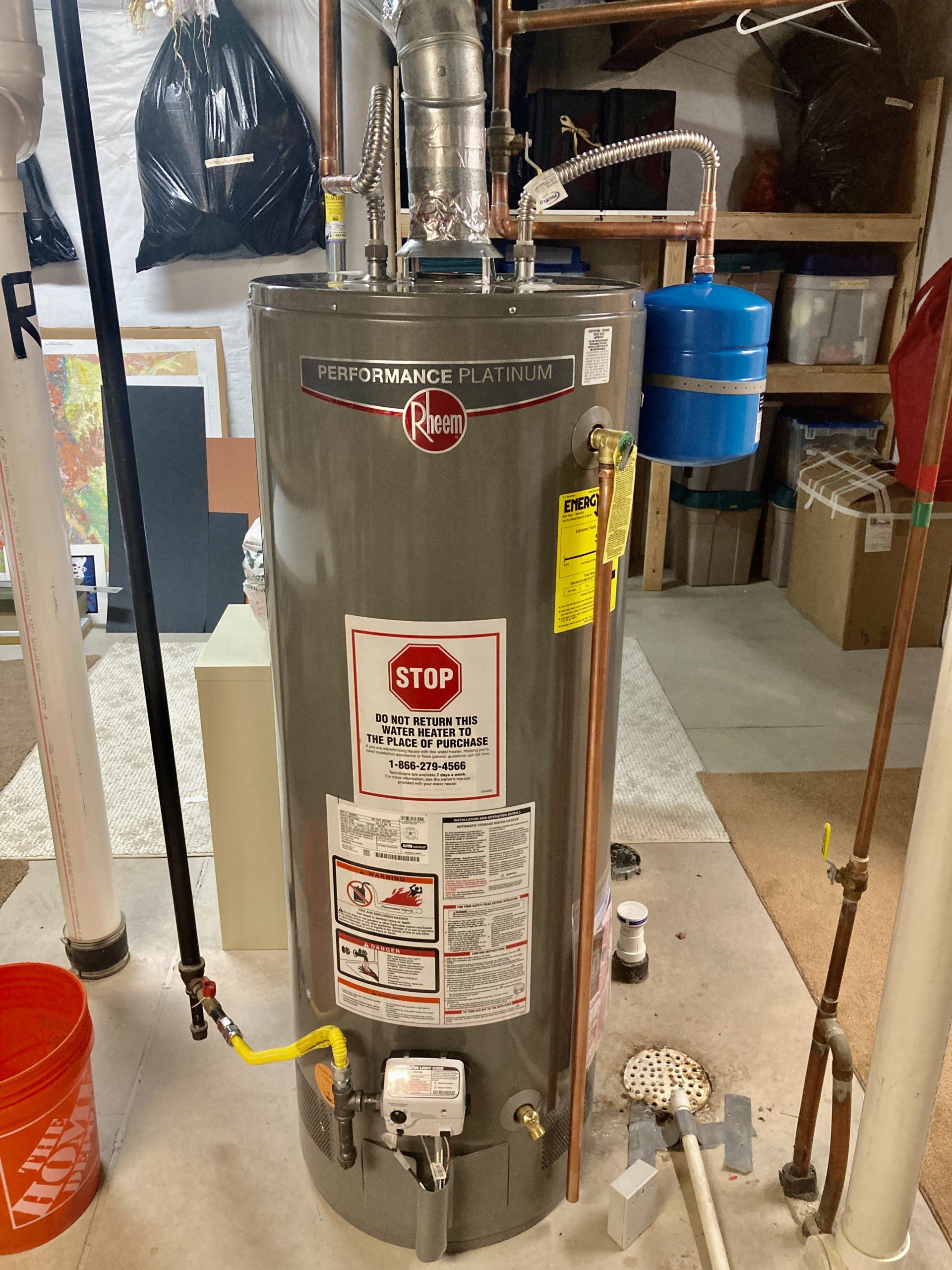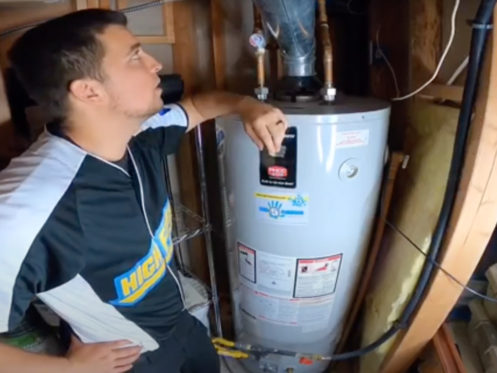Ensuring Durability of Your Home's Hot Water System: Care AdviceHow to Maintain Your Home's Hot Water System Properly
Request An AppointmentJust how do you actually feel on the subject of Tips For Maintaining Your Hot Water Heater?

Hot water is important for day-to-day convenience, whether it's for a revitalizing shower or washing meals. To ensure your warm water system runs successfully and lasts much longer, regular maintenance is key. This short article gives functional suggestions and insights on how to maintain your home's hot water system to stay clear of disturbances and expensive repair services.
Introduction
Preserving your home's hot water system could seem challenging, but with a couple of simple actions, you can guarantee it operates efficiently for many years to come. This overview covers whatever from comprehending your warm water system to DIY upkeep ideas and knowing when to call expert aid.
Value of Keeping Your Warm Water System
Regular upkeep not only expands the life expectancy of your hot water system however also guarantees it runs effectively. Disregarding maintenance can bring about decreased performance, greater energy costs, and also premature failure of the system.
Indicators Your Hot Water System Needs Upkeep
Knowing when your warm water system needs attention can protect against major concerns. Watch out for indicators such as irregular water temperature, weird sounds from the heater, or corroded water.
Comprehending Your Hot Water System
Prior to diving into upkeep tasks, it's practical to comprehend the standard elements of your hot water system. Normally, this includes the hot water heater itself, pipes, anode poles, and temperature level controls.
Month-to-month Maintenance Tasks
Normal regular monthly checks can help capture minor problems before they intensify.
Flushing the Hot Water Heater
Flushing your hot water heater removes debris buildup, enhancing efficiency and extending its life.
Checking and Replacing Anode Rods
Anode poles protect against corrosion inside the storage tank. Evaluating and changing them when worn out is essential.
Checking and Readjusting Temperature Settings
Changing the temperature level settings guarantees ideal efficiency and safety and security.
DIY Tips for Maintenance
You can do numerous upkeep tasks yourself to keep your warm water system in leading problem.
Looking for Leaks
Consistently examine pipelines and links for leaks, as these can cause water damages and greater bills.
Evaluating Stress Alleviation Valves
Testing the pressure relief valve guarantees it operates correctly and avoids too much pressure buildup.
Protecting Pipelines
Shielding hot water pipes minimizes warm loss and can conserve energy.
When to Call a Professional
While DIY upkeep is beneficial, some issues need expert experience.
Complex Issues Needing Specialist Aid
Examples include major leaks, electric issues, or if your hot water heater is continually underperforming.
Regular Specialist Upkeep Benefits
Professional maintenance can include extensive evaluations, tune-ups, and making sure conformity with safety and security criteria.
Verdict
Normal upkeep of your home's warm water system is essential for efficiency, longevity, and cost savings. By following these suggestions and understanding when to seek expert assistance, you can guarantee a reputable supply of hot water without unforeseen interruptions.
How to Maintain an Instant Hot Water Heater
Before tinkering with your hot water heater, make sure that it’s not powered on. You also have to turn off the main circuit breaker and shut off the main gas line to prevent accidents. Also turn off the water valves connected to your unit to prevent water from flowing into and out of the appliance. 2. When you’re done, you have to detach the purge valves’ caps. These look like the letter “T” and are situated on either side of the water valves. Doing so will release any pressure that has accumulated inside the valves while at the same time avoid hot water from shooting out and burning your skin. 3. When the purge valves’ caps are removed, you have to connect your hosing lines to the valves. Your unit should have come with three hoses but if it didn’t, you can purchase these things from any hardware or home repair shops. You can also get them from retail stores that sell water heating systems. Read the user’s manual and follow it to complete this task properly. When the hosing lines are connected, open the purge port’s valves. 4. You should never use harsh chemical cleaners or solutions when cleaning your unit. Make use of white vinegar instead. It should be undiluted and you’ll probably use about 2 gallons. 5. Now flush your water heater. This task should probably take about 40 minutes. We can’t give you specific directions for this because the procedure is carried out depending on the type, model and brand of your heater. With that being said, refer to the user’s manual. 6. When you’re done draining the unit, you have to turn off the purge port valves again. Remove the hosing lines that you earlier installed on each of the water valves. Put the valve caps (purge port) back in their respective places and be very careful so as not to damage the rubber discs that are found inside these caps. 7. Now that everything’s back in place, check your user’s manual again to find out how to reactivate your water heating system. 8. Once it is working, turn one of your hot water faucets on just to let air pass through the heater’s water supply pipes. Leave the tap on until water flows smoothly out of it. https://www.orrplumbing.com/blog/2014/september/how-to-maintain-an-instant-hot-water-heater/

I was shown that write-up on Water Heater Maintenance Tips You Can't Afford to Forget from a friend on another blog. Kindly pause to share this write-up if you enjoyed it. I am grateful for being here. Come back soon.
Call Today